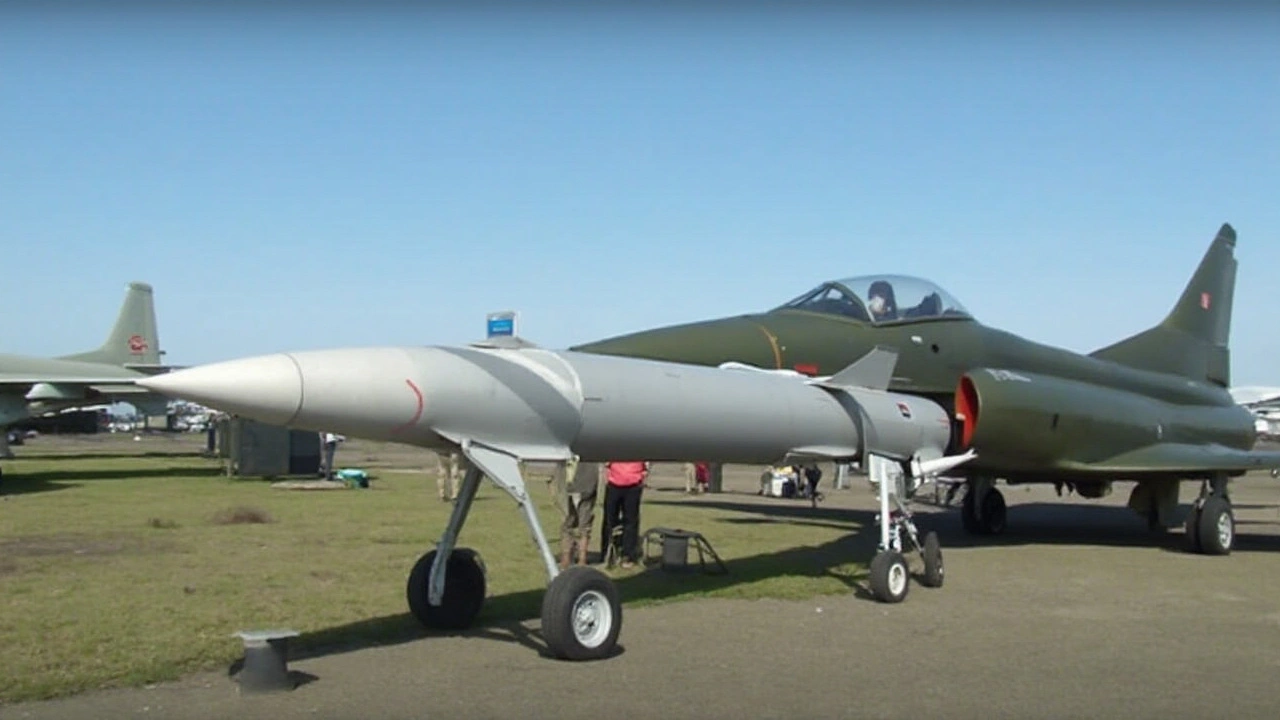Storm Shadow Missiles: A Straight‑Talk Guide
If you’ve ever skimmed a defense news headline and saw "Storm Shadow" you might wonder what exactly it is. In simple terms, the Storm Shadow is an air‑launched cruise missile built for long‑range, precision strikes. It’s designed to fly low, stay hidden from radar, and hit high‑value targets like bridges, bunkers, or command centers.
The missile was developed jointly by the United Kingdom and France, and now a handful of NATO countries use it. What sets it apart from other missiles is its combination of stealth shaping, a sophisticated guidance system, and a hefty 500‑kilogram warhead that can punch through hardened structures.
How It Gets to Its Target
First, a fighter jet—usually a Eurofighter Typhoon, F‑16, or Rafale—carries the Storm Shadow under its wing. When the pilot releases it, the missile’s turbo‑fan engine kicks in, giving it a cruise speed of around 800 km/h. It then follows a pre‑programmed route, using GPS, inertial navigation, and a terrain‑following radar to weave between hills and stay under enemy radar screens.
As it approaches the target, an imaging infrared seeker takes over for the final few seconds. This “talk‑back” to the operator ensures the missile locks onto the exact spot, even if the target has moved. The result is a strike that’s both accurate and hard to intercept.
Why It Matters Today
Modern battlefields are crowded with anti‑missile defenses, making brute‑force weapons less effective. Storm Shadow’s low‑observable shape and smart navigation let it slip through those defenses, giving armed forces a credible option for deep‑strike missions without risking a bomber or a large aircraft.
Countries that have bought the missile—like Saudi Arabia, Qatar, and Poland—use it to bolster their deterrence posture. In a regional conflict, the ability to knock out a key bridge or air‑defense site from 250 km away can shift the balance without a ground invasion.
On the flip side, the missile’s potency raises concerns about escalation. Because it can hit strategic infrastructure without much warning, some analysts argue that its deployment could trigger faster, more aggressive responses in a crisis.
Regardless of the debate, the Storm Shadow remains a key piece of the air‑power puzzle. Its blend of stealth, range, and precision makes it a go‑to tool for nations that need to project force while keeping pilots out of harm’s way.
So next time you see the name in a headline, you’ll know it’s not just a fancy term—it’s a missile that packs a lot of punch and a lot of strategic weight into a single, low‑flying package.
